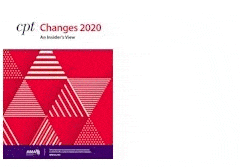
AHA Coding Clinic® for HCPCS - 2013 Issue 3; Ask the Editor
Patent ductus arteriosus closed with coils
A common way to close a patent ductus arteriosus is transarterially. Access is via the femoral artery. The catheter courses from the femoral artery to the aorta. The catheter is then advanced through the ductus arteriosus and into the pulmonary artery. The coil is delivered by partially advancing it into the pulmonary artery, and then positioning it in the ductus; hence, it is delivered from the aortic end of the ductus. In a transvenous approach the coils are delivered in the reverse direction without entering the femoral artery. Our facility wants to report CPT codes 37204, Transcatheter occlusion or embolization (e.g., for tumor destruction, to achieve hemostasis, to occlude a vascular malformation), percutaneous, any method, non-central nervous system, non-head or neck and 75894, Transcatheter therapy, embolization, any method, radiological supervision and interpretation, for the placement of the coils when utilized. Are these codes correct for the procedure performed? ...
To read the full article, sign in and subscribe to the AHA Coding Clinic® for HCPCS.
Thank you for choosing Find-A-Code, please Sign In to remove ads.

 Quick, Current, Complete - www.findacode.com
Quick, Current, Complete - www.findacode.com